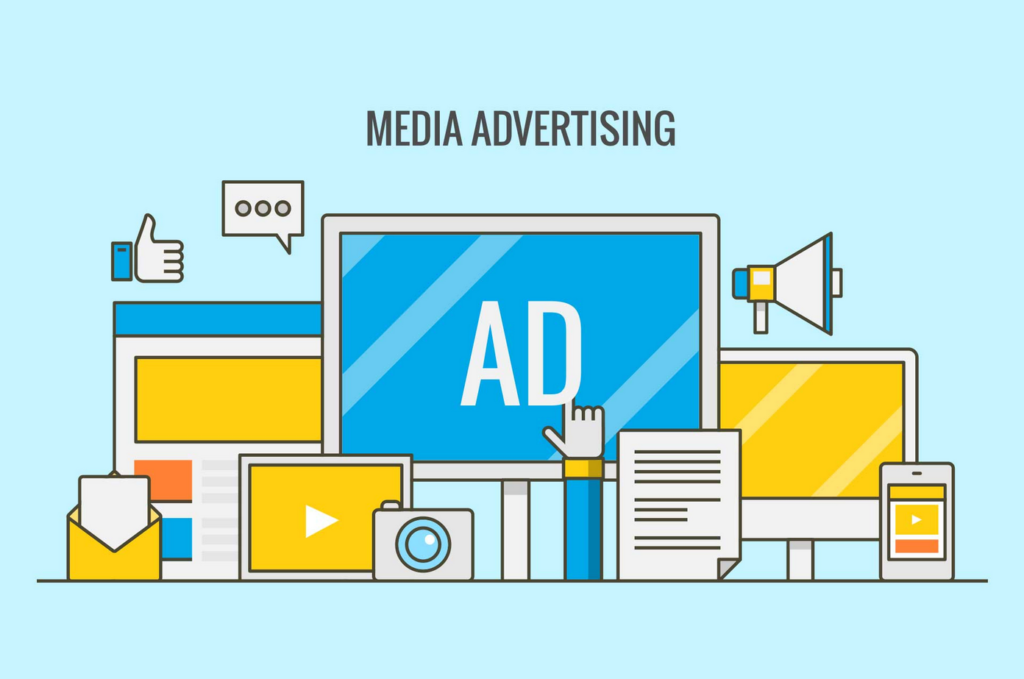Google and Facebook collectively raked in advertising revenues nearing Rs 40,000 crore last year, surpassing the combined expenditures on all television mediums and significantly exceeding the investment in print media. As a digital marketer since 2010, one might expect elation at these figures, but the reality is quite different. There’s a growing concern that we are heading towards an unsustainable model in the days to come.
Digital marketing has evolved into a highly sought-after career, attracting individuals from diverse fields such as creativity, media, and data analytics. While the surge in interest is positive, there’s a prevailing belief that a bubble is forming. Costs have escalated, but agency remuneration hasn’t kept pace, largely due to the democratization of digital media.

Scrutinizing the situation reveals that the lion’s share of the Rs 40,000 crore revenue earned by Google and Meta isn’t solely orchestrated by Indian media agencies. Instead, it involves contributions from agencies, influencers, mature startups, SMEs/MSMEs, and even local businesses. A considerable portion of Meta’s revenue, for instance, comes from direct advertisers globally, and this trend likely extends to India. In contrast, over 90% of offline media is procured through agencies. In a commission-based business model, a smaller group is handling almost double the media on offline channels.
Reflecting on early experiences, there was a significant gap in retainers between digital and mainline agencies, but this divide has diminished over the years. However, the pressure on digital agencies has intensified, as social media has become the primary platform for brand communication in India. The expectation is for every piece of content to reflect the brand’s perspective and, if possible, go viral.

Digital agencies operate on a demanding schedule, creating between 15 and 30 creatives monthly, equivalent to a run rate of one per day. This stands in stark contrast to mainline agencies, which may produce 10 campaigns in a year, including videos, print ads, and other collateral. Despite the prolific output of digital agencies, there is a reluctance to establish remuneration parity with mainline agencies, as the perceived importance of a single TVC or print ad remains higher.

Digital media’s democratization allows any advertiser with a credit card to engage in advertising, leading to a surge in digital media agencies. Conservative estimates suggest over 3000 digital media agencies (creative and media combined) exist in India, far outnumbering their traditional counterparts. The barriers to entry for offline media buying and creative units are considerably higher, creating a disproportionate landscape.
In summary, while the influx of individuals into digital media has risen and resource costs have surged, the volume of media bought by digital agencies has not proportionally increased. Remuneration for digital agencies creating content has not reached parity with traditional agencies, barring a few exceptions. The current scenario parallels the media palooza of the mid-2010s, emphasizing buying efficiency over planning effectiveness. To ensure quality output, the conversation needs to shift from seeking the “best cost” to exploring how agencies can positively impact businesses. Alternatively, lowering expectations from digital partners should not be a viable option on the table.



